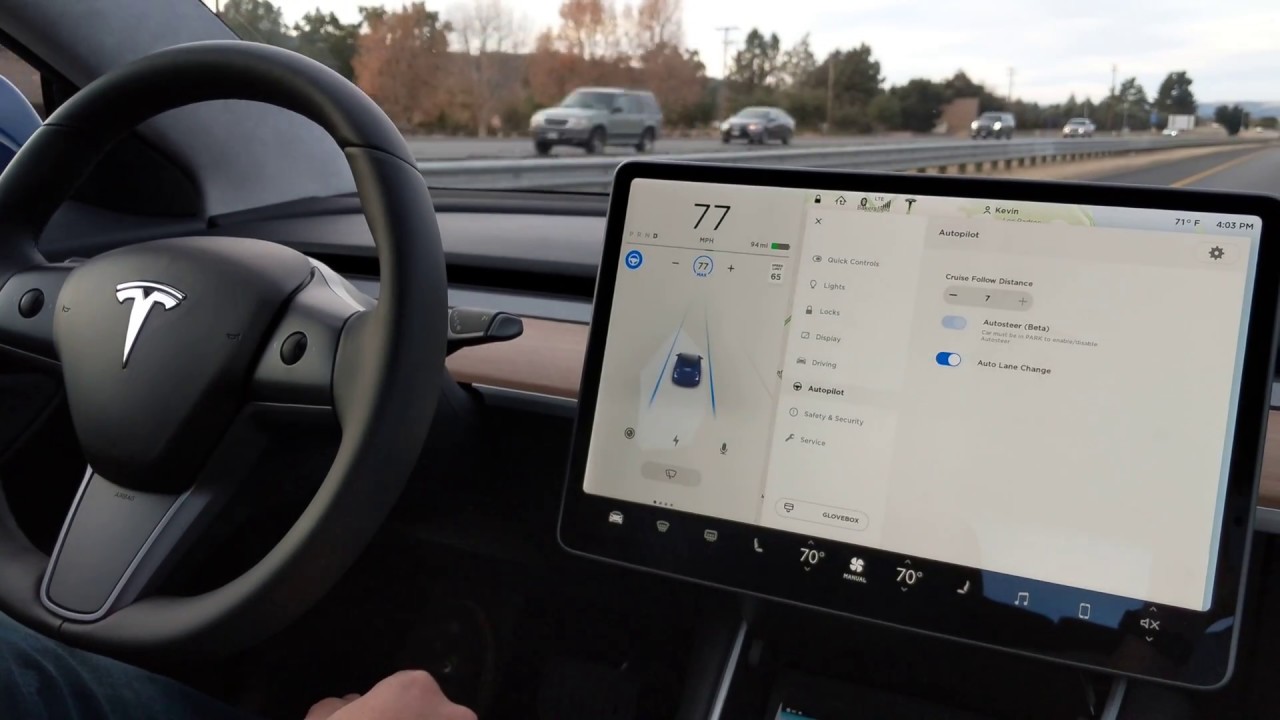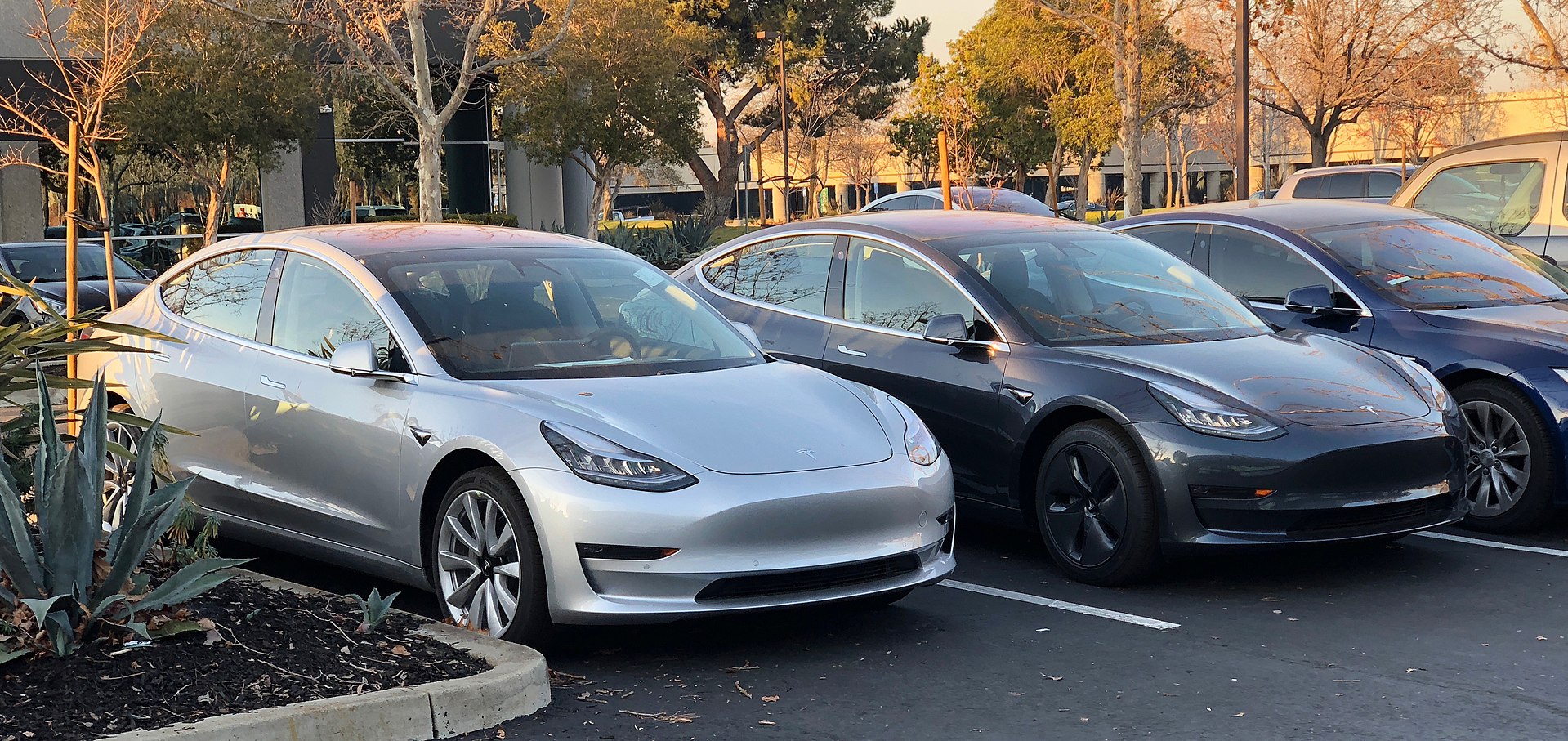Among the less-discussed aspects of Elon Musk’s Master Plan Part Deux is his vision for the Tesla Network, a system of fully autonomous vehicles that can provide ridesharing services similar to Uber and Lyft. During the recently held third-quarter earnings call, Elon Musk provided an update on this idea, discussing how Tesla intends to operate the ridesharing service, as well as the company’s edge against competitors.
Following comments by AI Director Andrej Karpathy about the updates on the company’s Neural Networks and how they will be supported by Tesla’s custom chip, Elon Musk stated that Tesla envisions the future as a “shared electric autonomy.” Reiterating his past comments about the Tesla Network, Musk once more described the system as a synthesis of popular services like Uber and Lyft, as well as Airbnb. The CEO even pointed out, for what could very well be the first time, a critical advantage that Tesla would command once it enters the autonomous ridesharing market.
“The advantages that Tesla will have is that we’ll have millions of cars in the field with full autonomy capability, and no one else will have that. So, I think that will end up putting us in the strongest competitive position long-term,” Musk said.
Musk later provided more details on the upcoming service while addressing an inquiry from Macquarie Capital senior research analyst Maynard Um. The CEO stated that in areas where there aren’t enough customers willing to rent out their cars for the Tesla Network, the company would be operating its own fleet of autonomous vehicles.
“Tesla will for sure operate its own ride-hailing service. We’ll compete directly with Uber and Lyft, obviously. There will be a company-owned fleet where there aren’t enough customer cars to be rented out. So if we find in a particular metro (where) there aren’t enough customers who are willing to add their car to the shared fleet, that’s where we’d supplant with the company-owned fleet. So that’s why it’s sort of a combination of the Uber-Lyft thing and Airbnb. We would charge something comparable to how you’d say the App Store works, or I don’t know, we’d charge 30% or something in order for somebody to add the car to the fleet. I think that’s a pretty sensible way to go.”
Elon Musk’s estimates for the Tesla Network would allow the electric car company to earn roughly as much as Uber and Lyft, both of which take a 25% commission from the earnings of their drivers. Unlike Uber and Lyft, though, the Tesla Network would not involve drivers at all, due to the vehicles being fully autonomous. Thus, electric car owners, while only receiving around 70% of their vehicles’ earnings, will be earning money for far less effort than Uber and Lyft drivers, who earn an estimated 75% commission for their ridesharing work.

Tesla’s entry into the ridesharing market could be a catalyst for the company to reach new heights. ARK Invest CIO and founder Cathie Wood, for one, noted that if the electric car maker rolls out the Tesla Network successfully, it will help boost the company’s valuation. Wood has an ambitious $4,000 price target for Tesla, and much of it is due to the company’s potential to be a leader in the emerging autonomous ridesharing segment.
“Our $4,000 price target assumes that Tesla evolves from a hardware manufacturer with 19% gross margins to a company generating most of its profits from Mobility-as-a-Service (MaaS), a business that we believe will enjoy 80% gross margins. In the $4,000 scenario, our assumptions are conservative: we incorporate profits only from cars and certain autonomous taxi networks, not from trucks, drones, utility-scale energy storage, or the MaaS opportunity in China,” Wood wrote.
Ultimately, Tesla would still need to refine its Full Self-Driving suite before it can roll out its autonomous ridesharing service. With the advent of the upcoming Hardware 3 upgrade and the rollout of the company’s larger neural networks, though, Elon Musk’s autonomous ridesharing vision appears to be within reach.











